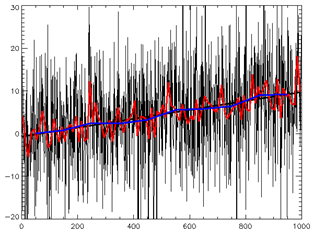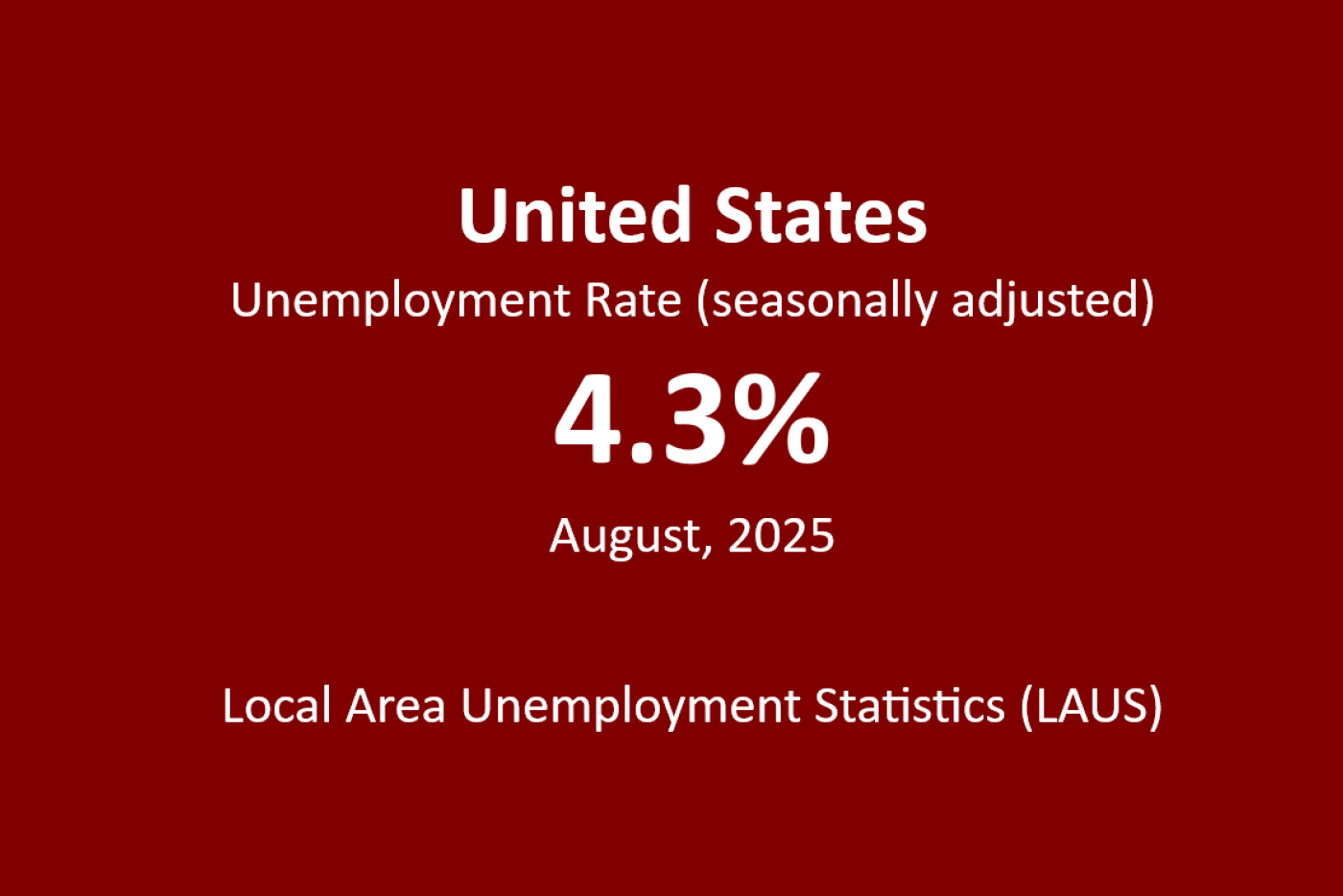Author: Haley Stritzel
When you hear the latest unemployment rate, most people imagine it's simply a count of unemployment insurance (UI) claims or UI benefit recipients. A common misconception is that the unemployment rate includes only people who have filed for unemployment insurance benefits. In reality, many unemployed individuals don’t receive those benefits, and much more goes on behind the scenes to calculate this important number.
So how is this number actually calculated? Let’s take a look behind the scenes. Two Bureau of Labor Statistics (BLS) programs work together to produce these numbers: the Current Population Survey (CPS) and the Local Area Unemployment Statistics (LAUS) program.
How the National Unemployment Rate Is Calculated
Since there is no practical way to directly measure the employment status of all individuals in the U.S. each month, the CPS estimates the number of people employed, unemployed, and not in the labor force monthly based on a sample of approximately 60,000 households.
- Employed: People working for pay or temporarily away from work (like on vacation or sick leave).
- Unemployed: People not working but actively looking for a job, or on temporary layoff.
- Not in the labor force: People not working and not looking for work (such as retirees, full-time students, or stay-at-home parents).
The national unemployment rate is calculated by dividing the number of unemployed people by the total labor force - the combined number of people who are employed and unemployed. Those who are not in the labor force are excluded from this calculation because they are not actively seeking work.
How Local Rates Are Calculated
While the CPS produces the national unemployment rate, the LAUS program produces unemployment rates for states, counties, and large cities. LAUS uses the same formula as the CPS shown above. You might wonder, “Why do we need LAUS if we have the CPS?” The answer is that the CPS sample size doesn’t include enough households in each smaller area (e.g., states, counties) to produce reliable numbers for these areas.
Instead, LAUS combines data from multiple sources, including the CPS, and applies advanced statistical methods to estimate the number of employed and unemployed people for states, counties, and large cities. While LAUS is not a survey, it can be thought of as a set of analytical techniques designed to generate estimates similar to what the CPS would produce if it surveyed a much larger number of households.
State vs. County and City Methods

- State-level estimates: LAUS uses a complex statistical model with data from the CPS, Current Employment Statistics (CES), and unemployment insurance (UI) claims to differentiate between true change in the number of people employed and unemployed (signal) and error from survey data (noise). (See Figure 1 for a visualization of these types of models.)
- County-level estimates: LAUS combines several data sources, such as CES, unemployment insurance claims, the Quarterly Census of Employment and Wages (QCEW), and population data, to estimate employment and unemployment.
- City-level estimates: LAUS estimates city-level data from the county-level estimates based on each city’s share of the county’s population, jobs, and unemployment claims.
LAUS vs. CES: Counting People vs. Counting Jobs
You often see unemployment numbers released alongside “total nonfarm payroll employment.” This number comes from a separate BLS program, the Current Employment Statistics (CES) survey (also known as the BLS “payroll” or “establishment” survey), which we discussed in this blog article.
Here’s how LAUS and CES differ:
- What they count: LAUS counts people (employed and unemployed), while CES counts jobs. If one person has two jobs, LAUS counts them once, but CES counts two jobs.
- Where they count: LAUS counts people where they live; CES counts jobs where the work is done. For example, if someone lives in South Carolina but works in North Carolina, their job appears in North Carolina’s CES data but not in its LAUS data.
- Definitions: The two programs define “employed” and “unemployed” slightly differently.
Why It Matters
The unemployment rate is a critical indicator of state and local economic conditions and affects real decisions in North Carolina. It helps determine the length of unemployment benefits, how federal funds are distributed to workforce programs, and how policymakers gauge the health of local economies.
You can find the latest North Carolina unemployment data on:
Learn more:

